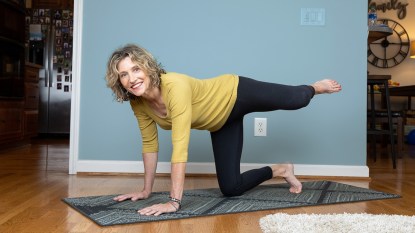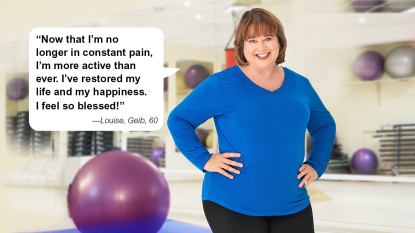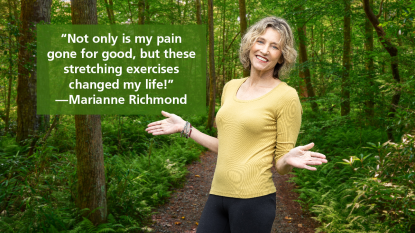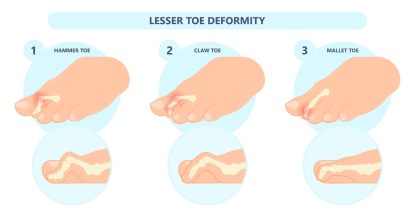The Fun Exercise That Cured One Woman’s Chronic Pain and Gave Her a New Lease on Life
"Dancing is the most amazing medicine I have ever encountered!"
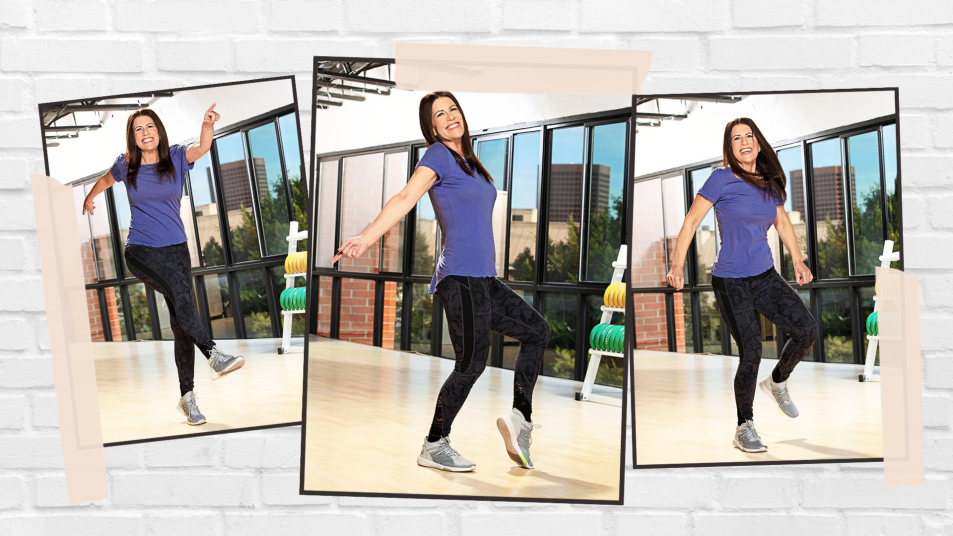
Cheryl Beychok, 65, suffered from PTSD and chronic pain for years-until she discovered the fun form of exercise that changed everything.
Movement as medicine
Oh, no. Not again, thought Cheryl Beychok, shrinking away from the annoyed glare of her boss as she walked into her office late. I wish he understood how much energy it takes for me to get out of bed. I wish my body would cooperate.
“My boss knew I was struggling with health challenges, but he didn’t understand the magnitude of my pain,” says Cheryl. “At least twice a week, I fought to get myself to the office at all-getting there on time was impossible! The shame and sadness I felt at his reaction was almost as bad as the sadness I felt watching everyone else lead a normal life, while I struggled just to get through the day.
Missing out on life
“I have suffered from post-traumatic stress disorder (PTSD) most of my life. It started as a result of early childhood trauma and was exacerbated by a car accident when I was 28. I walked away without a scratch, but I struggled with the psychological aftereffects and the long-term effects of a concussion and whiplash for decades.
“I was in school at UCLA at the time. I had trouble reading, writing, remembering and even holding my head up after the car accident, so I moved and responded at a slower pace than my peers. I couldn’t seem to break into a conversation-it was like watching a tennis match. I didn’t have a social life, I didn’t date.
“I’d go to class, then come home and sleep. It was so frustrating. I felt despondent. I did most of my coursework but never officially graduated.
“After I left school, I went to work for a literary agency. I spent a lot of time sitting, but even the simplest tasks took immense effort. I felt like I was living my life by surviving, rather than thriving. I was extremely unhappy. I had such big dreams when I was a child, but I felt like I was living such a small life.
“Eventually, I regained my full mental function, but even then, my neck and back were always stiff. To keep the pain from becoming unbearable, I required consistent chiropractic visits. To make matters worse, in 2014, I suffered another whiplash injury that set my recovery back. I couldn’t seem to catch a break.
“A friend suggested I visit a spiritual healer, who happened to be giving free 15-minute sessions. I’ve always been open to alternate healing practices, so I figured it was worth a shot. The healer took one look at me and said, ‘How do you live? You’re trying to soar with rocks on your wings.’ I breathed a sigh of relief. Finally! Someone understood my struggle. While she did some energy healing on me, it was that powerful visual that gave me the motivation to find a way to get rid of the ‘rocks’ that were holding me down. I decided that my broken body and spirit were no longer going to dictate my life. Limiting my movement didn’t help, and if I was going to be in pain no matter what, maybe having fun would help me take my mind off the pain.
Rediscovering joy
“I decided to try dancing. I’ve always thought of dancers as the embodiment of grace, strength, flexibility, passion-everything I wasn’t able to express in my everyday life because of trauma and pain. So I thought dancing might be a wonderful way to heal my mind and body. I found a Groupon for Moore Dancing, a local dance studio, and signed up.
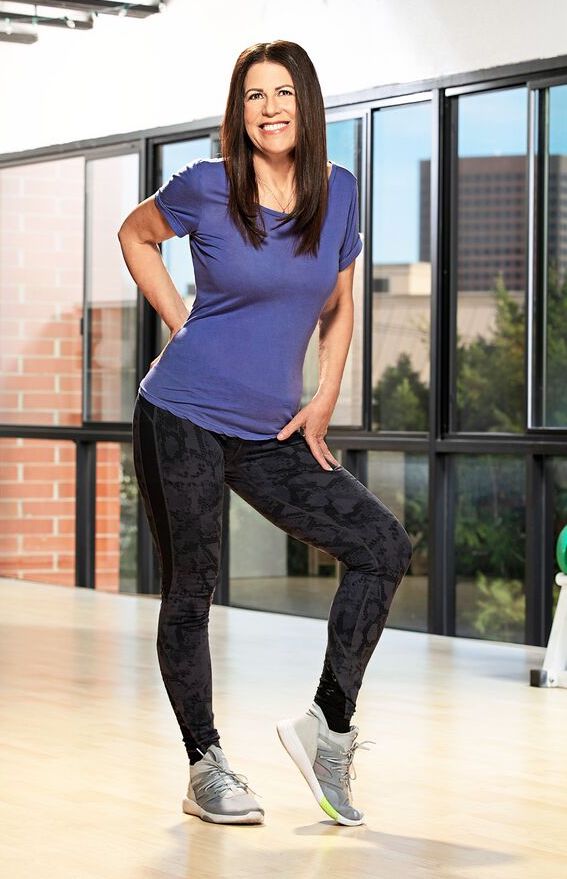
“When I took my first Zumba class, I had limited mobility, very little stamina and a lot of discomfort. I had to stop frequently to catch my breath and drink water, but I stuck it out. The loud music took my mind off the pain. The whole environment was warm and welcoming, and for the first time in a long time, I was happy. It was such a wonderful, emotional experience.
“It had been a while since the car accident, but as soon as I started dancing, I turned a corner. Dance changed me. I still had pain and stiffness from my injuries, and I usually needed to apply CBD salve to dull the pain during class. But I was having fun, so I kept moving. I got stronger, and my chiropractor was amazed by my improvement.
“Dance gives me joy, centers me, enhances my spiritual side and improves my thinking. It makes work and life easier. I’m a firm believer in the healing power of movement, but I honestly had no idea that I would reap so many benefits. Dancing is the most amazing medicine I have ever encountered!”
“Life is no longer a struggle. I get out of bed easily, arrive to work on time and remain active all day. I spend hours on projects and still have energy to go out for a bite or dancing with my friends. Best of all, I no longer feel like I have rocks holding me down. Instead, I soar!”
How dancing speeds recovery from trauma
Dancing is study-proven to help heal body and mind. “For people who have experienced trauma, physical sensations like touching or smelling may feel uncomfortable and trigger flashbacks. It therefore seems easier to disconnect and avoid tuning into senses and emotions, which leads to a feeling of being lost in the world,” explains Rebekka Dieterich-Hartwell, Ph.D., a psychotherapist and movement therapist who studies how dance helps heal trauma. While directly talking about trauma can be uncomfortable, dancing can be a back door into recovery. “Dance allows us to release tension, explore freedom and establish control over our body,” says Dieterich-Hartwell. It can also ease physical pain: In a Brazilian study, dancing increased blood flow and quieted the brain’s pain pathways, effects that reduced subjects’ chronic pain by 39 percent.
Dance can also help trauma survivors reengage with their feelings. “Emotions are tightly connected to physical sensations,” explains Dieterich-Hartwell. “As we engage in dance, we can connect to, express and clarify our emotions — plus connect with others, which is the foundation for healing.”
To get the benefits, seek out a dance class, like Cheryl Beychok did. If you’ve recently experienced trauma and are wary of group classes, you can find a movement therapist to work with you one-on-one on the American Dance Therapy Association’s website (ADTA.org).
This story originally appeared in our print magazine.





